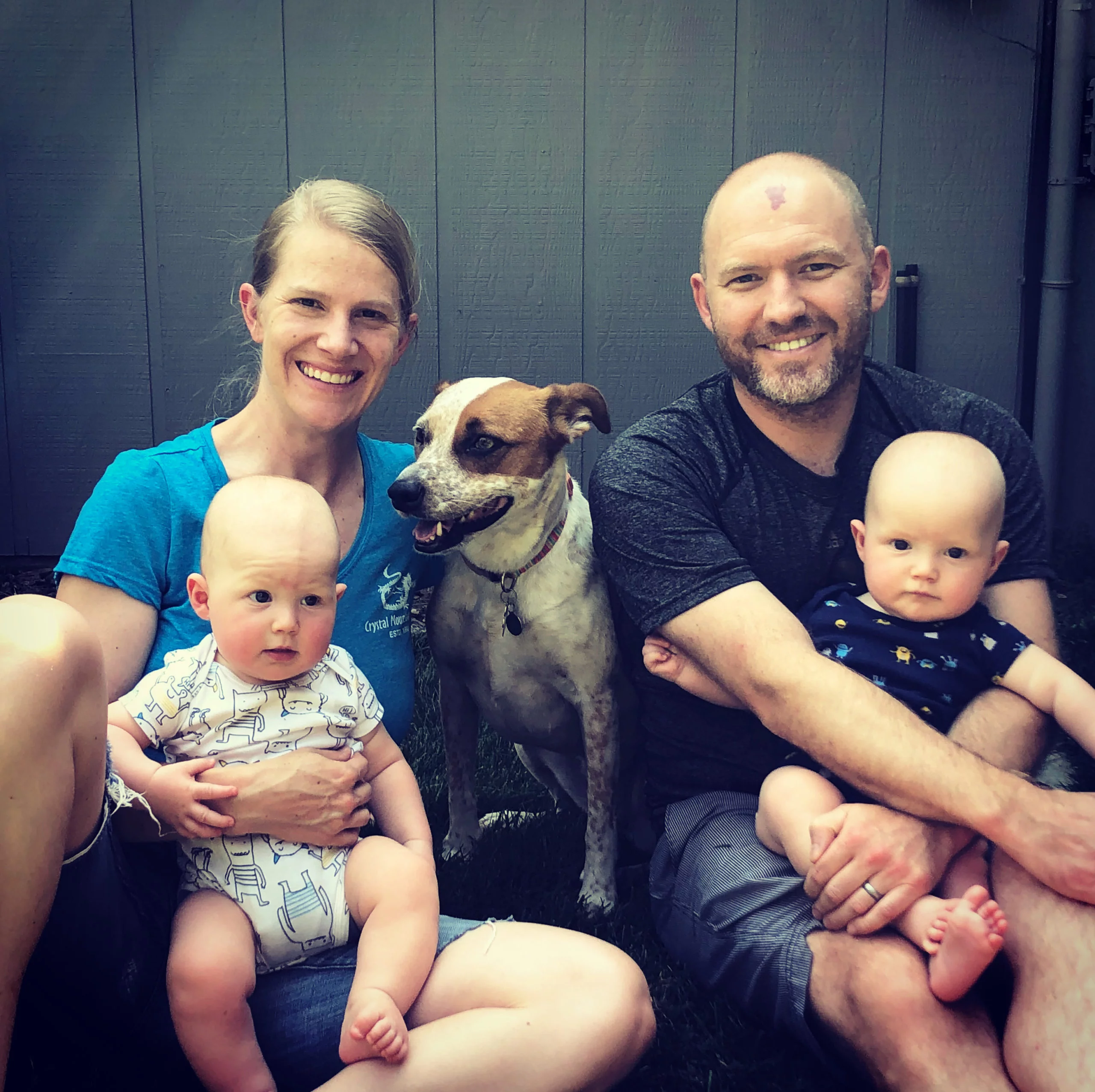Prioritizing energy equity is transforming the way that some utilities are making decisions. To bolster and accelerate those efforts, it’s critical to engage with underrepresented communities and include them in conversations around the transitions that will affect their community.
This engagement builds trust in the community and helps utilities design better customer programs that meet the needs of more diverse populations of customers. Utilities can also receive credit for these good deeds in the form of better J.D. Power ratings and environmental, social, and governance scores that can favorably impact their bottom line.
Sometimes utilities are required by law or regulation to pursue these engagement activities, others may see better participation in programs—like energy efficiency and demand management—that help them efficiently increase customer satisfaction, meet decarbonization goals, or reduce system costs.
Getting Started Serving Underrepresented Voices
There are three main steps to amplify underrepresented voices to achieve better utility results: seek out perspectives, understand priorities and constraints, and design utility programs to reflect the learnings. Let’s examine each to determine what they mean and how best they can inform your strategies.
Perspective
First, when reaching out to underrepresented communities to increase energy equity, seek out perspective. When engaging underrepresented communities, it’s vital to understand their feelings about new initiatives. Making assumptions is not a winning strategy, so seek out these underrepresented voices and listen to them.
– Kirsten Millar, Director of Policy & Solutions Partnerships, Virtual Peaker
Create open and honest (and sometimes tense, but that’s ok!) dialogues with people with lived experiences, or with community-based organizations (CBOs) that represent these populations. It’s really important to reach underrepresented communities in settings that are comfortable for them–online calls with slides and utility jargon will likely miss the mark. Meet them where they are, and go the extra mile to be able to communicate with them in their native languages.
This isn’t just our opinion: many organizations have addressed this topic of the energy industry engaging diverse communities in reports, like the American Council for an Energy-Efficient Economy (ACEEE), blogs like RMI, and initiatives like the University of Michigan’s Energy Equity Project.
Listen & Learn
Research indicates that transparent and multi-platform communication improves customer satisfaction, so strategic customer communications and listening are critical for achieving energy equity. Good communication enables outsiders to gain a greater understanding of what drives the opinions/attitudes of underrepresented communities. Some important questions to ask could include:
- What are your priorities (either related to or beyond your scope) and why?
- How are those priorities unique compared to other populations?
- What are your constraints and fears?
- What’s occurred in the past that has deepened this fear or mistrust?
Asking questions is one important part of this step, but listening to the answers is significantly more important; going deeper to understand the why behind each answer will help utilities truly understand where communities are coming from. Once you receive responses from your communities, aggregate these learnings and amplify the recurring themes that you discover as issues to solve in new programs.
Become Part of the Solution
Next, design solutions for energy equity. Elements of this step include breaking down barriers to program enrollment, tailoring programs and offerings to specific populations, monitoring results, and making improvements over time.
Break down barriers to engagement, like accessibility and the distrust that often comes with a lack of information. Accessibility includes ensuring that customers have the technology needed to participate in a program, like access to the internet, smartphones, etc., and that communications occur in languages that communities understand, which is a critical component of educating and promoting utility programs. It’s also important to consider differences in lifestyle, spending, and culture that could limit a community’s ability to participate.
– Kirsten Millar, Director of Policy & Solutions Partnerships, Virtual Peaker
While accessibility can help build trust, another proven technique is to recruit community representatives to be your champions and share information across community barriers. These representatives can promote energy equity and educate potential program participants. This step is useful in reaching audiences you might not otherwise, so remember to compensate them for their services; this is not a volunteer role.
With these barriers removed, utilities are equipped to tailor programs and offerings to specific populations—don’t leave them behind. Here are some ideas we have related to program design:
- Create targets to reach certain populations or geographies with historical burdens, language barriers, or previous disengagement.
- Offer discounted or free installation services for new appliances with approved vendors.
- Allocate higher incentives or rebates on energy-efficient and wifi-connected devices for populations less likely to participate
- Build on Inflation Reduction Act directives to bolster your programs.
Finally, be sure to monitor and iterate. Establish ways to measure your programs to make sure these efforts foster positive outcomes for participants. Create accessible feedback loops through appropriate communication modes like customer surveys to measure the efficacy of your program. Because underserved communities often face serious economic challenges, remember that an online poll might not initially reach those underrepresented voices, so include communications like paper or phone surveys or focus groups. Don’t forget to build on what you’ve learned through your outreach, and to advertise your successes and amplify the learnings that your community shared with you, a useful cause marketing tool that helps everyone!
Energy Equity & Amplifying Underrepresented Conclusion
As we work toward energy equity, community engagement is critical to gather perspectives and understand underrepresented voices. With that information and trust, energy providers can create more equitable offerings that historically burdened populations are more likely to participate in, which will improve community engagement. This is a large undertaking and investment, but it can lead to an open, equity-first ecosystem for the future.





